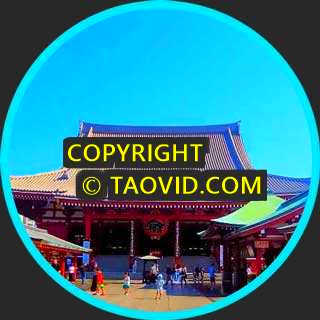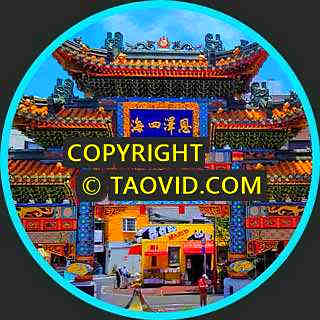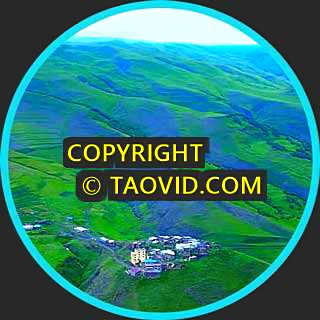Aerial View of Kathmandu City, Nepal
Kathmandu (काठमाडौँ), officially Kathmandu Metropolitan City, is the capital and most populous city of Nepal. It is located in the Kathmandu Valley, a large valley in the high plateaus in central Nepal, at an altitude of 1,400 metres (4,600 feet).
The city is one of the oldest continuously inhabited places in the world, founded in the 2nd century AD.
Tourism is considered important industry in Nepal. This industry started around 1950, as the country’s political makeup changed and ended the country’s isolation from the rest of the world. Since then, tourism has improved as the country transitioned into a republic.
Hindu and Buddhist pilgrims from all over the world visit Kathmandu’s religious sites such as Pashupatinath, Swayambhunath, Boudhanath, Changunarayan and Budhanilkantha.
The neighbourhood of Thamel is Kathmandu’s primary “traveller’s ghetto”, packed with guest houses, restaurants, shops, and bookstores, catering to tourists.
Another neighbourhood of growing popularity is Jhamel, a name for Jhamsikhel that was coined to rhyme with Thamel.
Jhochhen Tol, also known as Freak Street, is Kathmandu’s original traveller’s haunt, made popular by the hippies of the 1960s and 1970s; it remains a popular alternative to Thamel.
Ason is a bazaar and ceremonial square on the old trade route to Tibet, and provides a fine example of a traditional neighbourhood.
Now Kathmandu boasts several luxuries such as the Hyatt Regency, Dwarika’s, Hotel Yak & Yeti, The Everest Hotel, Hotel Radisson, Hotel De L’Annapurna, The Malla Hotel, Shangri-La Hotel (not operated by the Shangri-La Hotel Group) and Hotel Shanker.
There are several four-star hotels such as Akama Hotel, Hotel Vaishali, Hotel Narayani, The Blue Star and Grand Hotel. The Garden Hotel, Hotel Ambassador, and Aloha Inn are among the three-star hotels in Kathmandu.
Lumbinī (Nepali: लुम्बिनी), “the lovely”) is a Buddhist pilgrimage site in the Rupandehi District of Lumbini Province in Nepal, west of Kathmandu City.
It is the place where, according to Buddhist tradition, queen Maya of the Shakya clan gave birth to Siddhartha Gautama at around 566 BCE.
He gave up his home life to live as a wandering ascetic. After leading a life of mendicancy, asceticism, and meditation, he attained enlightenment at Bodh Gaya in what is now India.
He taught a Middle Way between sensual indulgence and severe asceticism, leading to Nirvana, that is, freedom from ignorance, craving, rebirth, and suffering. His teachings are summarized in the Noble Eightfold Path.
He died in Kushinagar, attaining parinirvana. The Buddha has since been venerated by numerous religions and communities across Asia. A couple of centuries after his death, he came to be known by the title Buddha, which means “Awakened One” or “Enlightened One.”
Video Source: kathmandu // काठमान्डाै from BK1 on Youtube ⁄ CC BY






